Huawei Watch 2 Classic review: Leather is better
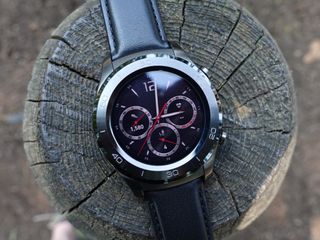
It's no secret that we weren't big fans of the Huawei Watch 2, a plastic-and-ceramic successor to a metal legacy that left us feeling dejected and a little confused over the company's seemingly half-baked plans for wearables.
Well, after having used the Huawei Watch 2 Classic for some time, I can safely say the issue lies largely with branding and marketing than with the series itself. While the Classic is by no means a true visual successor to one of 2015's best Android Wear devices, its use of actual metal around the frame and replaceable 22mm bands certainly gets it close.


Like the Watch 2, the Classic is equipped with a bunch of top-notch specs for a modern smartwatch, including a super-sharp 1.2-inch OLED panel at 390x390 pixels, a Snapdragon 2100 processor, 768MB of RAM and 4GB of storage (which can be used to store and play music offline), a heart rate sensor, a GPS radio, IP68 water resistance, and a 420mAh battery that's quoted for two days (but is closer to a day and a half).
All it lacks compared to the Watch 2 is an integrated LTE radio and eSIM, which provides 4G service with a compatible carrier.
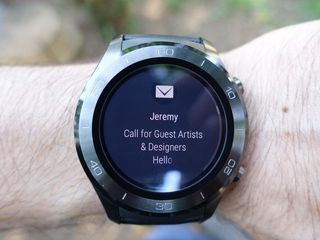
But here's what you gain: a much more attractive and "public-friendly" timepiece that, at just 60.5 grams, is considerably lighter than much of the competition. And while I don't love the fake chronometer bezel that doesn't spin despite looking like it should, overall I find the Huawei Watch 2 Classic extremely easy to wear, and quite enjoyable to use.
Android Wear 2.0 was worth the wait.
Of course, it comes with Android Wear 2.0 included out of the box, which took some time getting here but the wait was worth it: this is a much more polished experience than what debuted in 2014. Google took its time to figure out exactly what was needed from its nascent wearables ecosystem, and the result is a platform that can stand on its own — with GPS you can take this running sans phone and record a run while listening to locally stored music — but is best when paired to an Android phone.
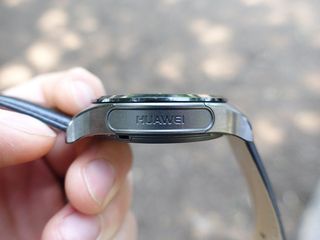
The Huawei Watch 2 Classic does come equipped with a quick release mechanism for its included leather band, which is appreciated since the inclusion of a second button on the right side and a GPS radio primes the watch for running, which doesn't go so well with the leather strap.
Get the top Black Friday deals right in your inbox: Sign up now!
Receive the hottest deals and product recommendations alongside the biggest tech news from the Android Central team straight to your inbox!
Huawei's included Workout app, which launches with a press of that bottom button (say that five times fast!), is quite impressive, though Google Fit Workout and Runtastic were also included on my version.
Any other app that isn't included can be downloaded directly from the now-local Play Store, a move that, as mentioned, brings additional independence to the Android Wear platform.
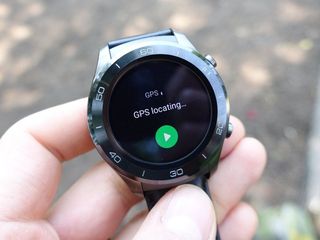
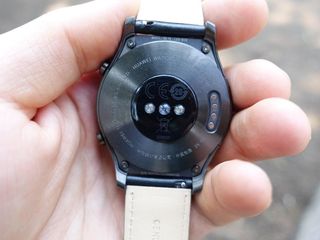
In reality, the only real differentiation here is something I'd rather try to overlook: the watch faces that don't fit at all with the Watch's aesthetic. They're garish and skeuomorphic and feel out of place on this still-sporty metal design. Instead, I'd recommend diving into the deep, deep library of available third-party watch faces.
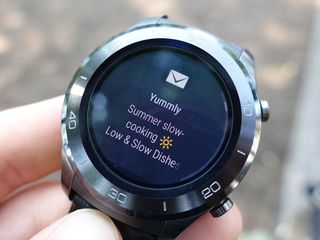
Of course, notifications are still Android Wear's strong suit, and the Watch 2 Classic performs that duty with aplomb. Without delving too deep into the app or workout side of things, I was able to stretch the Classic's battery life to just over a day and a half.
The Huawei Watch 2 Classic makes up for the missteps of the mainline Watch 2, and that's good enough for me to keep it on my wrist for the next little while. I prefer to it the gargantuan size of the LG Watch Sport, and though I could live without the fake chronometry around the admittedly large bezels, the fundamentals are excellent.
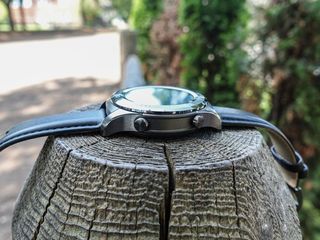
At close to $360 on Amazon right now, this is not a small investment, but if you're looking for a high-end Android Wear watch in 2017 with a GPS and a reasonable footprint, the Huawei Watch 2 Classic is your best bet.
Daniel Bader was a former Android Central Editor-in-Chief and Executive Editor for iMore and Windows Central.
